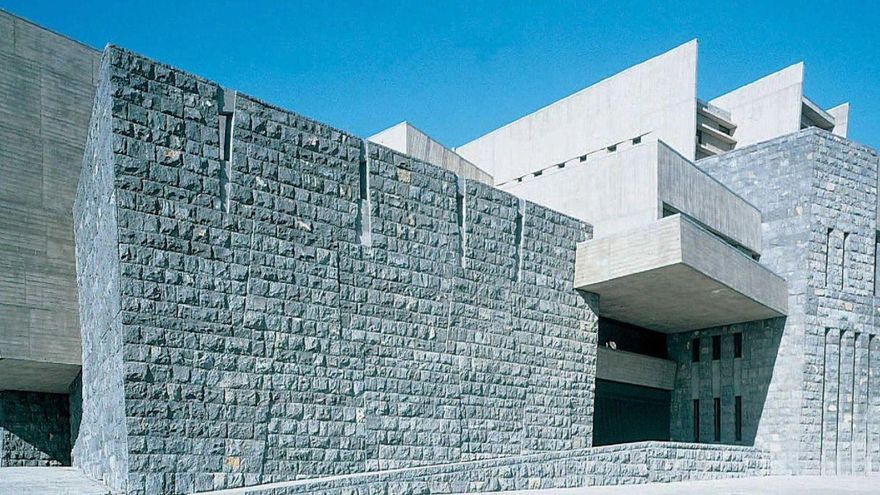
The headquarters of the Presidency of Tenerife originated from an architectural competition initiated by Jerónimo Saavedra in 1985.
Sweet Xerach Pérez
08 Feb 2025 11:00
I have pondered the state of architectural service competitions in the Canary Islands and the reasons behind the varying approaches of different institutions—some formerly altruistic and now thriving, while others remain stagnant.
We present a cursory analysis of the public architecture competitions within the archipelago, aimed solely at initiating a dialogue: the Canary Islands, with their geographical and cultural variety, offer an intriguing landscape for public architecture contests. However, there are numerous factors that warrant a thoughtful critique.
Provincial Disparities
The disparities among the Canary Provinces regarding public architecture competitions are significant, yet it is inaccurate to claim that Gran Canaria, Fuerteventura, and Lanzarote significantly outnumber Tenerife, La Gomera, La Palma, and El Hierro in terms of competition frequency.
The estimated distribution of public architecture competitions by province is approximately as follows: Tenerife, 30%; Gran Canaria, 25%; Lanzarote, 15%; Fuerteventura, 10%; La Palma, 7%; La Gomera, 5%; and El Hierro, 3%.
At a glance, this appears reasonable; however, when examining the total percentage invested in architectural competitions per province, it turns out that Gran Canaria invests around 50%, while Tenerife allocates about 47%. These percentages are rough estimates and are subject to variation based on the year and the number of published bids. Nevertheless, this distribution suggests a balanced ratio across the provinces in terms of the number of competitions, though we lack insight into the fees and project costs involved.
Competitions: The Good and the Bad
Certain entities have demonstrated greater efficacy in organizing public architecture contests. For instance, the Island Cabildo of Gran Canaria has been lauded for its transparency and high standards in tenders. Most notably, it accurately assesses (at market rates) the fees that teams need for their work—why can’t others comprehend that inadequate budgeting prevents us from achieving the quality and creativity demanded by Europe for our new infrastructures?
Conversely, some entities have faced criticism regarding their unclear requirements and lack of transparency during the adjudication process. Such criticisms often go unnoticed, as very little action is taken when technicians fail to heed that suggestions from peers aim to advance societal betterment. Even inexperienced technicians often resist cooperative reflection between the private and public sectors to enhance outcomes.
Thoughts for Consideration
The landscape of public architecture competitions in the Canary Islands is intricate and varies significantly across different councils and municipalities, as well as the government of the Canary Islands itself. It is imperative that those responsible for drafting specifications possess a solid foundation in economic, architectural, historical, urban, and landscape knowledge. Additionally, processes must be transparent and clearly articulated to ensure fair and effective competition, yielding quality results and safer buildings better prepared for future demands. Moreover, efforts must be made to foster superior architecture in the smaller islands to ensure a balanced architectural evolution throughout the region that honours the archipelago’s environment. Our diverse landscapes, unique to each island, speak their own language, each necessitating solutions tailored to that context rather than borrowed formulas from elsewhere.
Lawyer and Doctor of Architecture. European University Researcher
















